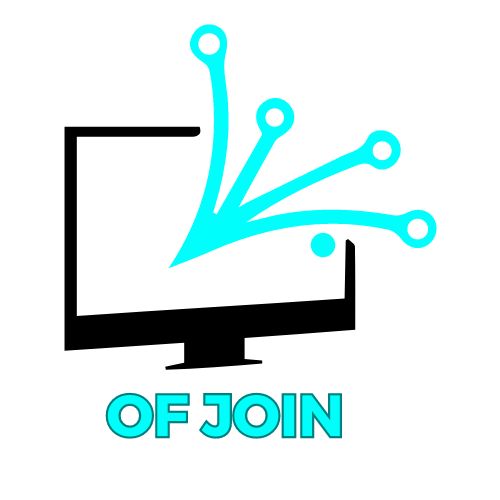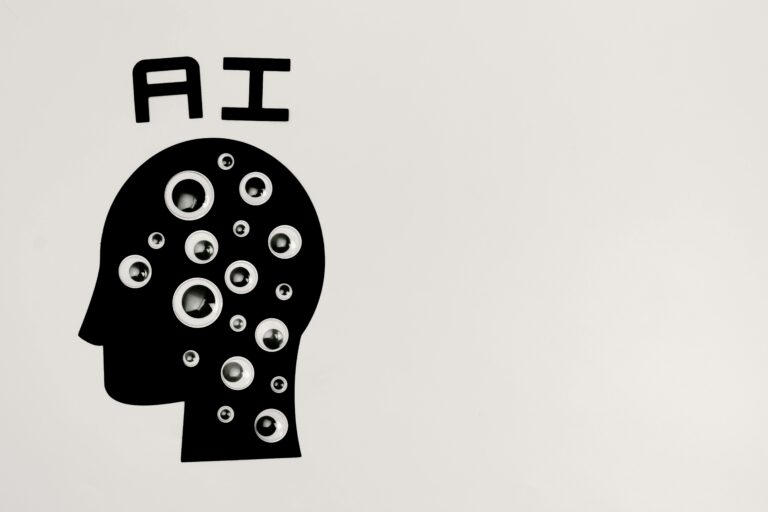Tech Minimalism: Streamlining Your Stack for Maximum Impact
In a world obsessed with adding more—more apps, more integrations, more notifications—businesses are beginning to ask a powerful question: What if less is actually more? Enter tech minimalism, a growing movement that encourages organizations to streamline their digital tools and tech stacks to increase focus, reduce costs, and reclaim productivity.
It’s not about ditching technology altogether. It’s about using fewer, better tools—intentionally and efficiently.
The Case for Less Tech
Many businesses have accumulated a bloated tech stack over the years. Teams use Slack, Teams, Asana, Trello, Zoom, Notion, Google Docs, Dropbox, and dozens of other platforms, often overlapping in functionality. The result? Employees waste time switching between tools, duplicating work, and troubleshooting integrations.
According to a study by RingCentral, employees toggle between apps more than 1,100 times a day. That adds up to over an hour of lost productivity daily per employee.
Tech minimalism aims to combat that by simplifying and consolidating. Instead of defaulting to the “shiny new app,” companies following a minimalist approach audit their tools, assess real needs, and streamline systems.
Benefits of Tech Minimalism in Business
1. Improved Focus and Productivity
Fewer platforms mean fewer distractions. Teams spend less time managing tools and more time doing actual work. A streamlined workflow reduces decision fatigue and improves focus.
2. Better Collaboration
When everyone is using the same, clearly defined tools, collaboration becomes more fluid. Communication doesn’t get lost across multiple channels, and it’s easier to train new employees on standardized systems.
3. Reduced Costs
A bloated tech stack isn’t just a mental burden—it’s a financial one. Redundant tools cost companies thousands every year. Consolidating software leads to leaner operating costs and fewer unnecessary subscriptions.
4. Greater Security
Every new app or platform added to your stack introduces a potential security risk. With fewer tools, IT teams can better monitor systems, patch vulnerabilities, and manage permissions.
Steps to Embrace Tech Minimalism
Audit Your Current Stack
Start by listing every software, platform, or tool your business uses. Be thorough. Include communication tools, file storage, project management apps, marketing software—everything. Then ask: Is it essential? Is there overlap?
Identify Core Needs
What does your team actually need to do their jobs effectively? Focus on functionality over hype. You might find that one platform can replace three others with the right configuration.
Consolidate and Simplify
Instead of using separate tools for meetings, chat, and file sharing, find one platform that does it all well. For example, Microsoft Teams or Google Workspace can cover a lot of ground without needing a dozen add-ons.
Educate and Standardize
Make sure your team understands why you’re cutting back. Provide training on the tools you’re keeping and create guidelines for usage. Standardization ensures adoption and prevents tool sprawl from returning.
Review Regularly
Just because you slimmed down once doesn’t mean the stack won’t grow again. Conduct quarterly or annual reviews to ensure you’re still aligned with minimalist goals and not creeping back into digital clutter.
It’s Not About Going Backward
Tech minimalism doesn’t mean becoming anti-tech. It’s about being intentional—choosing quality over quantity, purpose over novelty. With the right tools in place, your business can work faster, smarter, and with greater clarity.
At its core, tech minimalism is a mindset shift. It requires you to stop chasing the newest platform and instead ask: What’s working? What’s necessary? And what can we let go of?
In an age of digital overwhelm, simplifying your tech stack isn’t a step backward. It’s a strategy for scaling forward—with focus.







